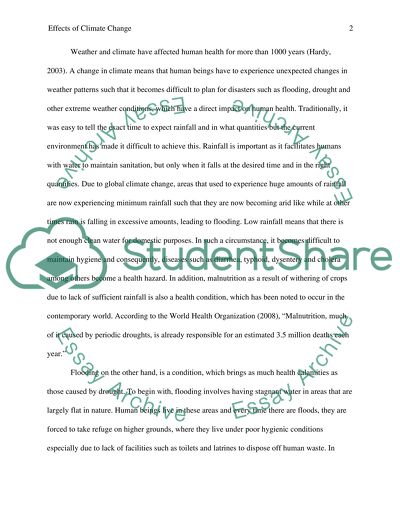Cite this document
(“Effects of Climate Change Research Paper Example | Topics and Well Written Essays - 2250 words”, n.d.)
Retrieved from https://studentshare.org/environmental-studies/1397890-climate-change
Retrieved from https://studentshare.org/environmental-studies/1397890-climate-change
(Effects of Climate Change Research Paper Example | Topics and Well Written Essays - 2250 Words)
https://studentshare.org/environmental-studies/1397890-climate-change.
https://studentshare.org/environmental-studies/1397890-climate-change.
“Effects of Climate Change Research Paper Example | Topics and Well Written Essays - 2250 Words”, n.d. https://studentshare.org/environmental-studies/1397890-climate-change.


